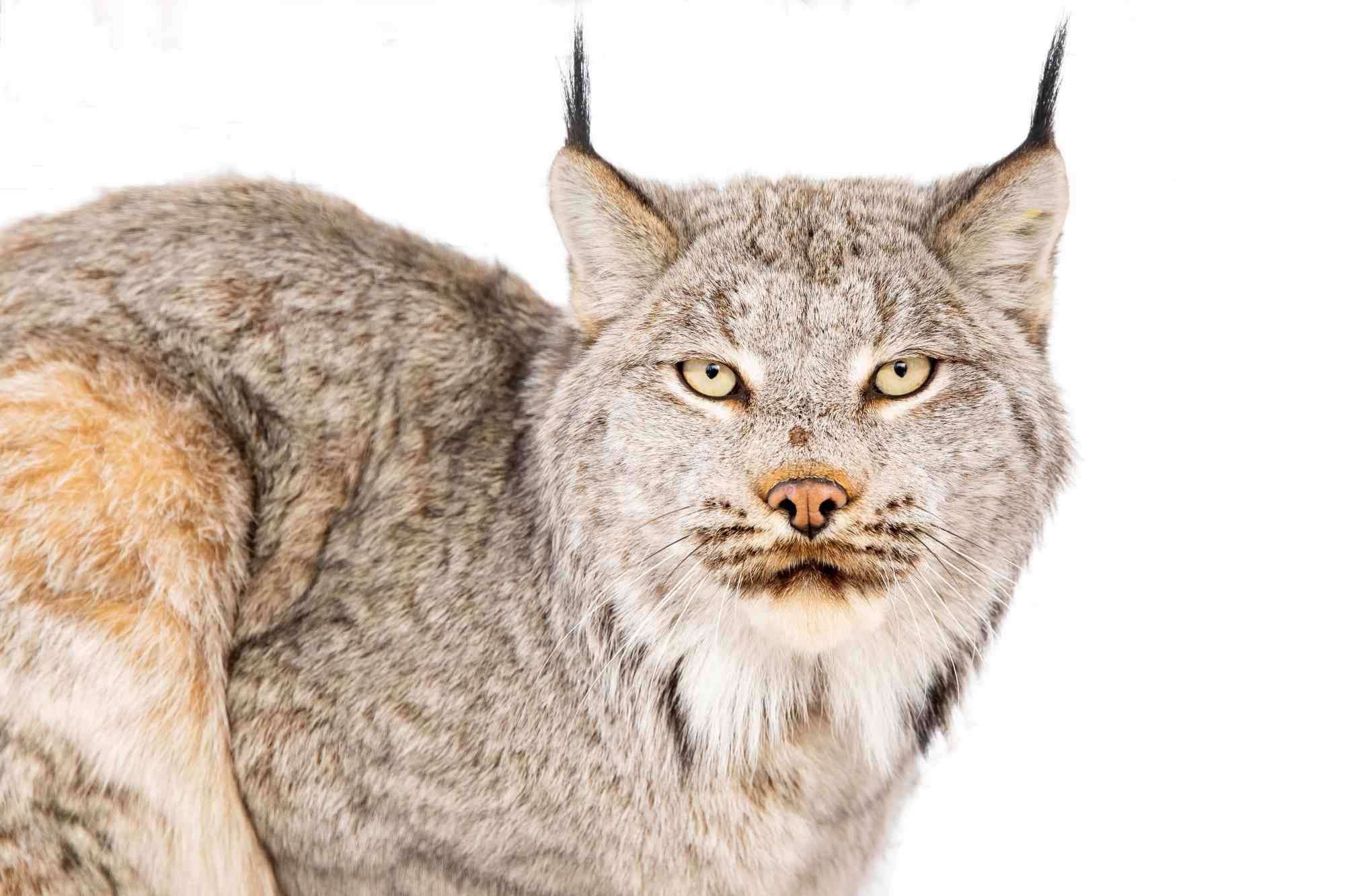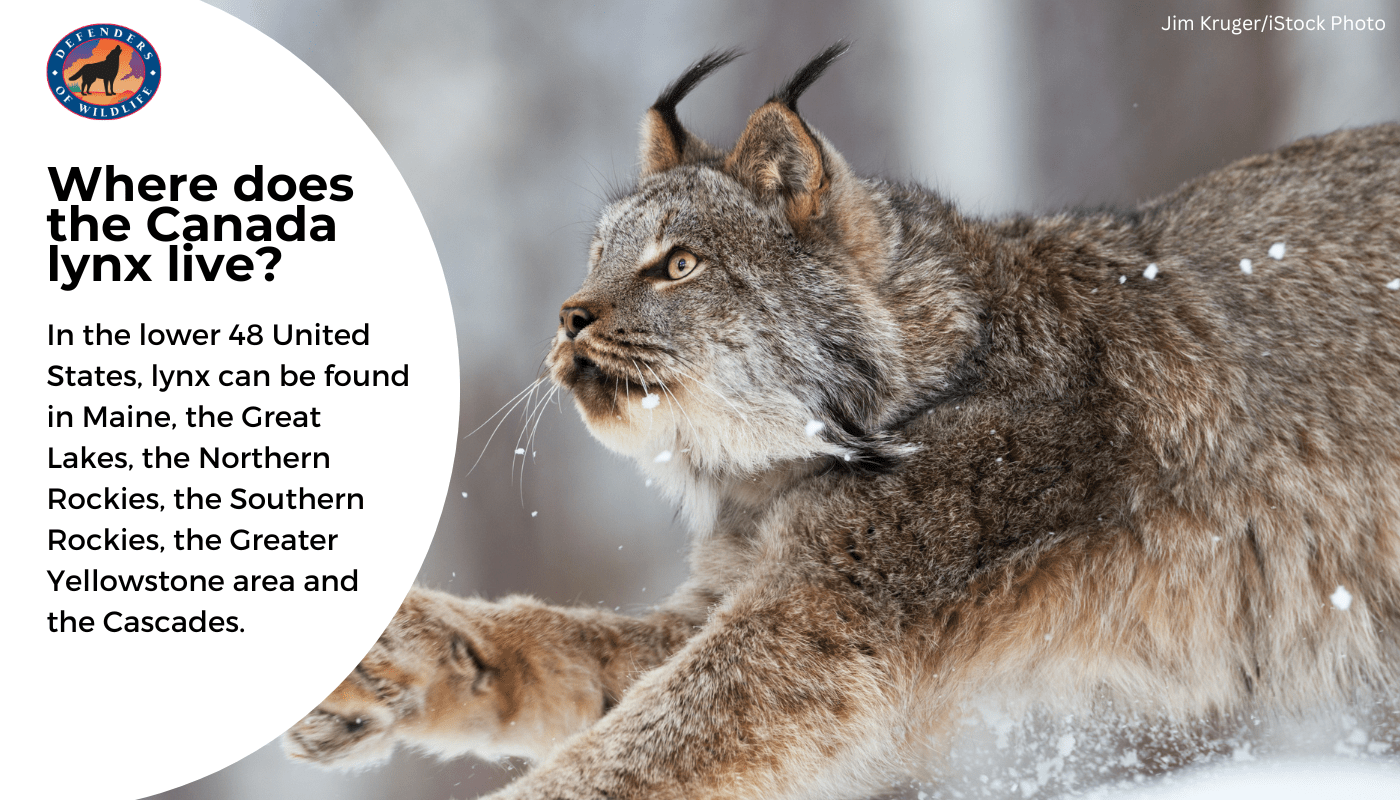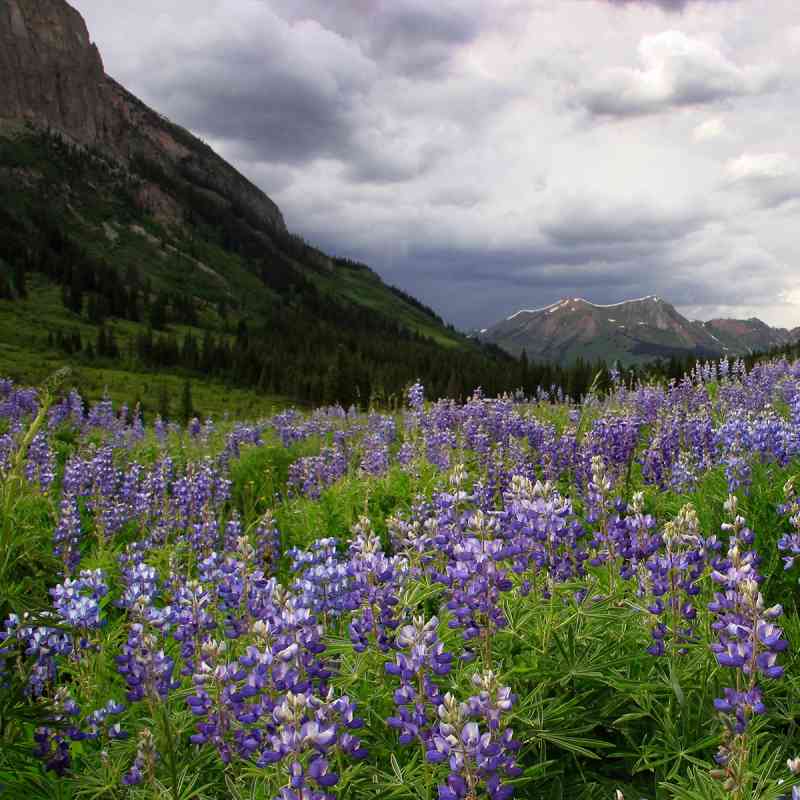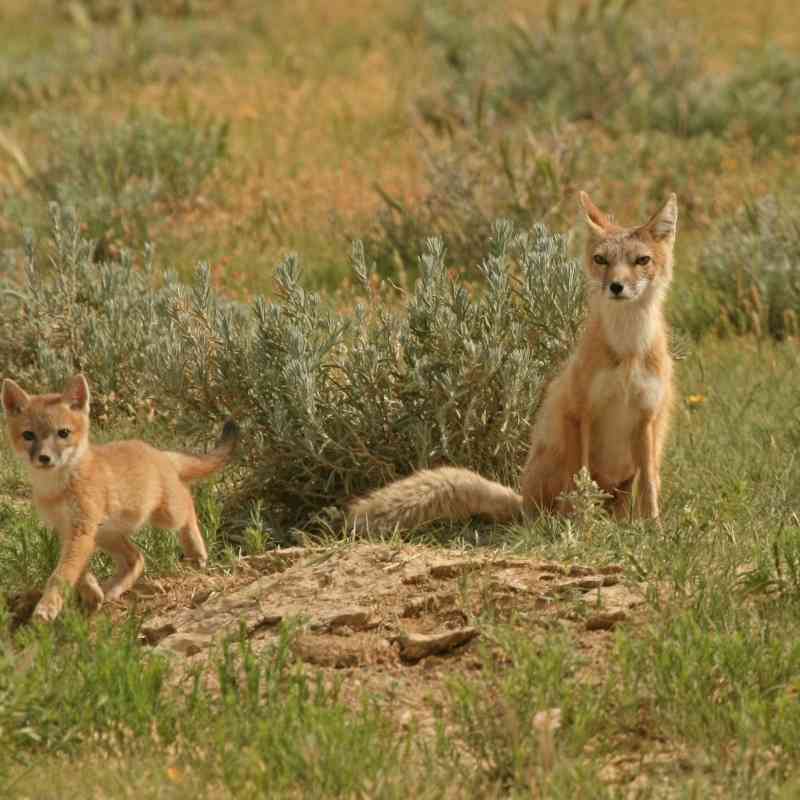Despite its name, the Canada lynx can be found in several parts of the lower 48 United States. In January, Defenders of Wildlife stood up against a forest management plan that doesn’t do enough to protect the lynx population in the Rio Grande National Forest in Colorado. The Defenders attorney behind that defense, Ellen Richmond, joins us to talk about where the Canada lynx can be found, why it’s threatened, and how Defenders is fighting for its future.
What is the Canada lynx?
Related to bobcats, lynx are medium-sized wild cats with distinctive features that set them apart from their relatives. They have long black ear tufts and large, well-furred paws that work like snowshoes to allow lynx to hunt their favorite prey — snowshoe hares — in deep, fluffy snow. Lynx also have beautiful pelts, which led to overhunting and trapping in the 19th and early 20th centuries and near complete eradication from certain areas, such as Colorado.
Where can Canada lynx be found?
In addition to Canada, for which the species is named, there are six lynx populations in the lower 48 United States, which can be found in Maine, the Great Lakes, the Northern Rockies, the Southern Rockies, the Greater Yellowstone area and the Cascades. Lynx are also found to the north in Alaska. Lynx are “specialists” that have evolved specifically to hunt in deep snow that may slow down their competitors, such as coyotes.
What threats do lynx face?
The Canada lynx was placed on the Endangered Species Act list in 2000 largely due to land and forest management plans that did too little to protect the animals and their habitats. Too much logging in federally managed lynx habitat continues to threaten the species. Lynx are also threatened by climate change, which is reducing deep snow while increasing the number of forest fires and insect infestations in their habitats.
How is Defenders of Wildlife fighting to defend lynx in the face of these threats?
Defenders has worked to defend lynx for decades, playing an instrumental role in the fight to place lynx on the Endangered Species Act list. Most recently, Defenders challenged inadequate protections for lynx in a key forest plan for the Rio Grande National Forest in Colorado – the primary home for lynx in the southern Rockies. The latest version of that plan increases logging in mapped lynx habitat — a serious setback for the struggling population. As Forest Service researchers have stated, lynx in Colorado face numerous threats that have placed the species in the “emergency room.” The species needs increased protection — not increased logging — in Colorado.
Why is it important to protect lynx in Colorado?
Colorado contains some of the highest-elevation lynx habitat in the lower 48 United States. That high-elevation, snowy habitat is critical as the climate warms. Lynx elsewhere may not be able to retreat upslope to find snowy, forested habitat, making Colorado’s high-mountain forests an increasingly important refuge for lynx in the future. That’s why our lawsuit to preserve adequate protections for lynx habitat in Colorado is so important to the future of lynx in the U.S.
What can I do to help the Canada lynx?
In addition to defending habitat in the Rio Grande National Forest, Defenders of Wildlife is leading the charge to address the climate change and biodiversity crises wildlife faces. Join us today and make your voice heard for wildlife.
Author

Ellen Richmond
Areas of Expertise: Litigation, National Environmental Policy Act, Endangered Species Act, FOIA
Ellen Medlin Richmond advocates to protect imperiled species and their habitat across the West

Jay Petrequin
Jay works as Communications Specialist for Defenders of Wildlife’s Southeast and Rockies and Plains program regions, as well as North Atlantic Right Whale and Rice’s
comments
Wildlife & Wild Places






